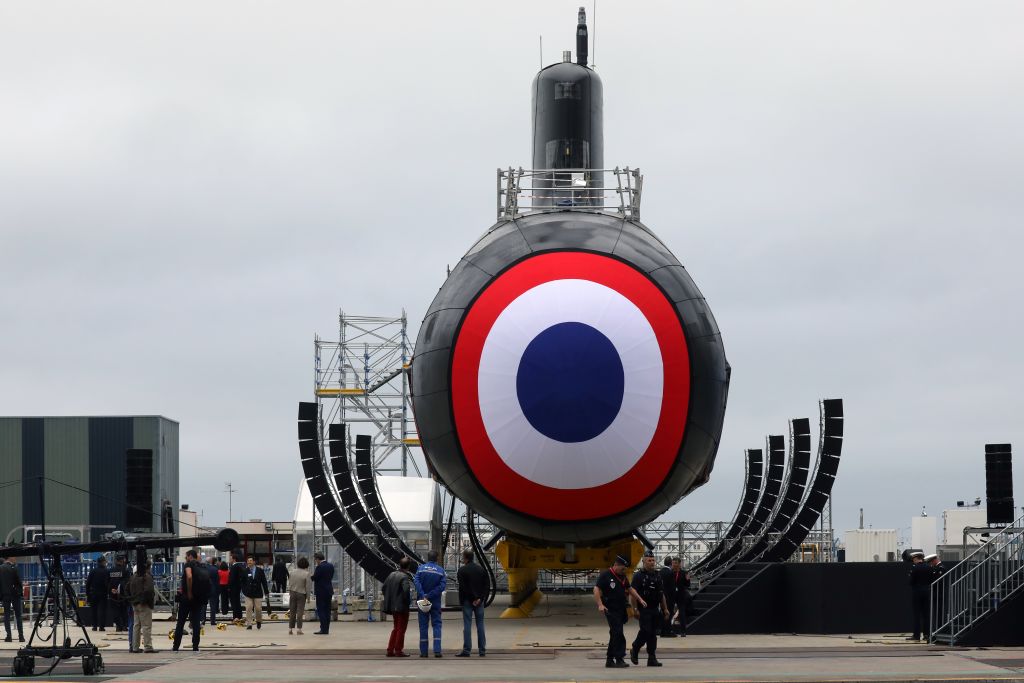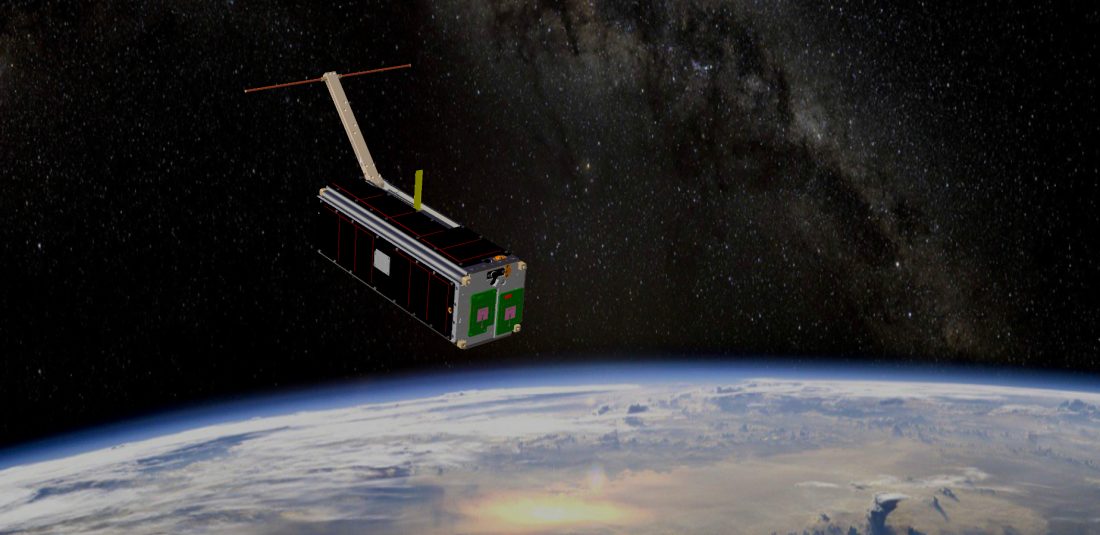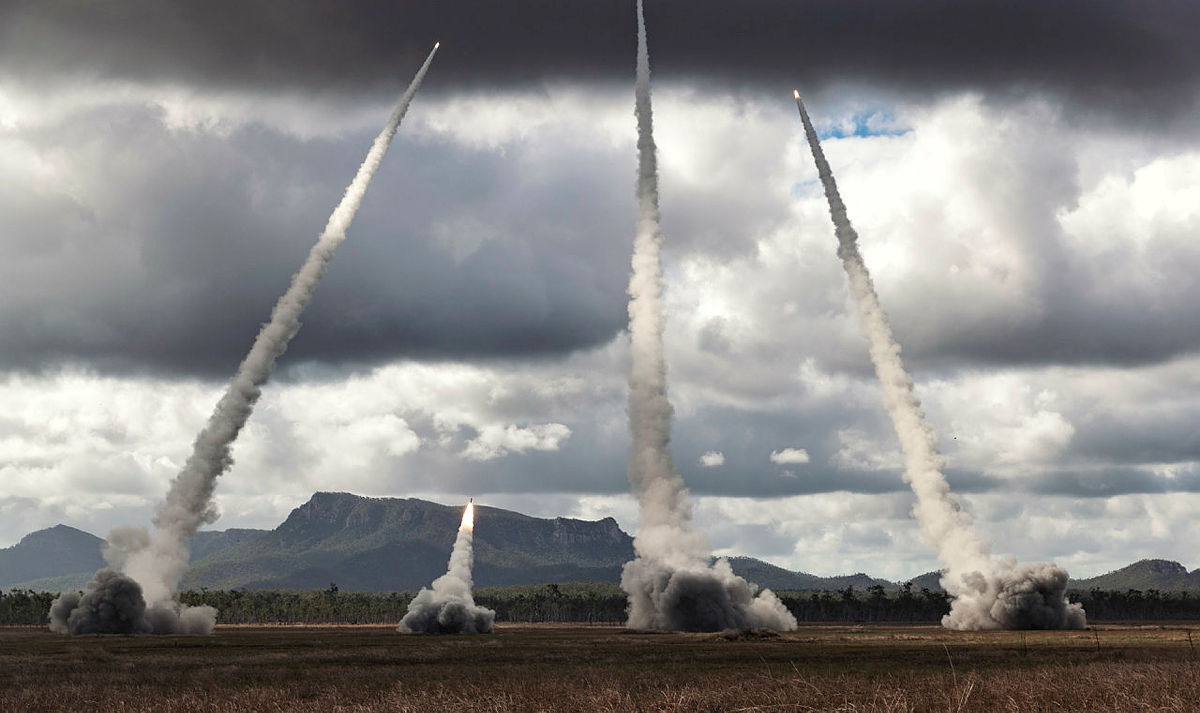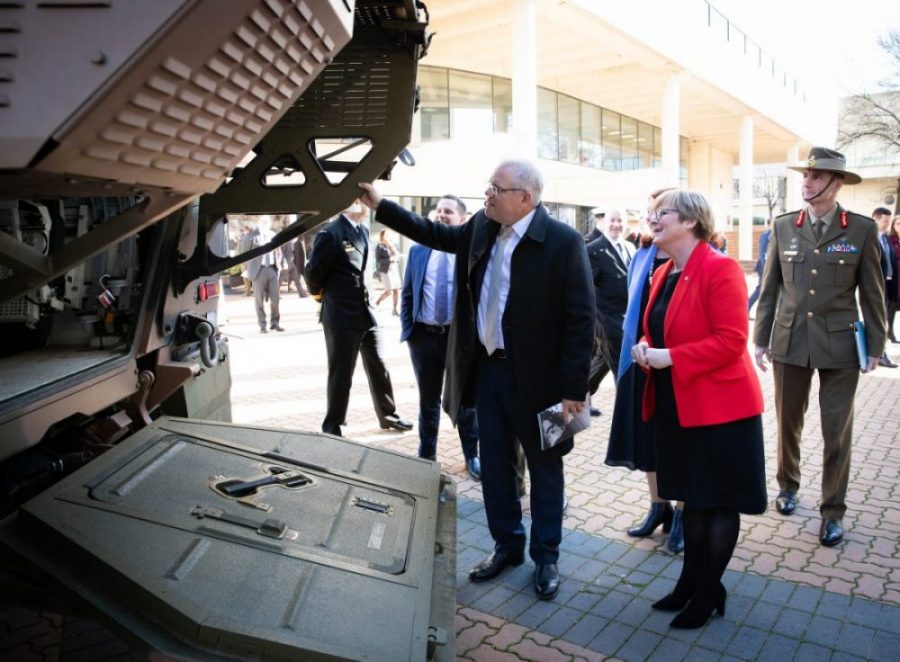Strategic suspicion and coronavirus consequences: the cost of Australia’s defence
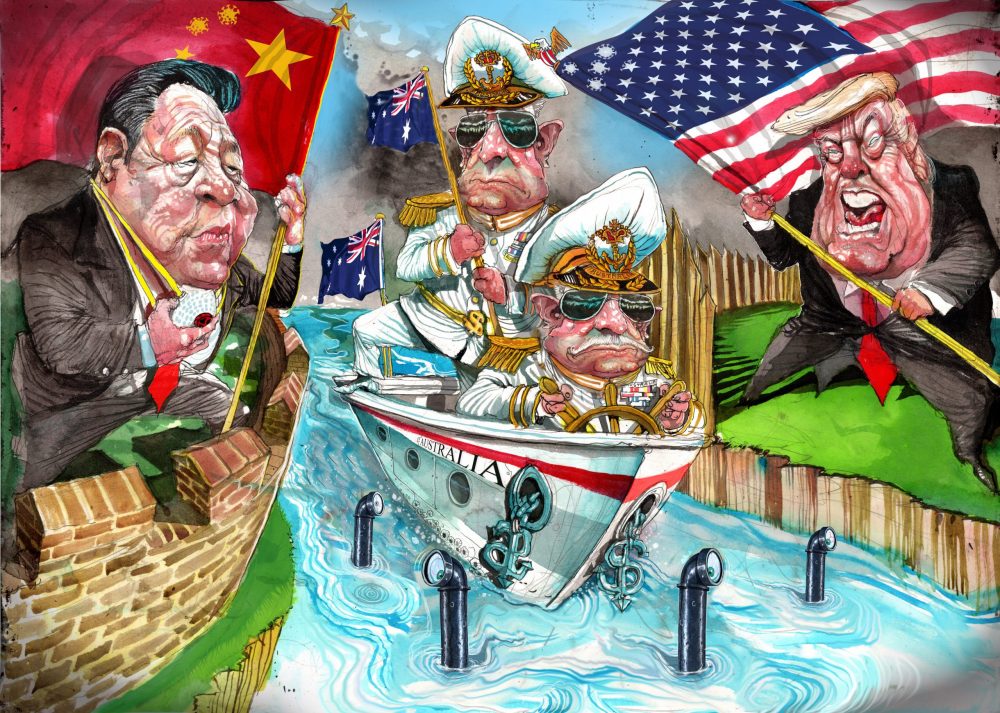
The 2020 defence strategic update represents a remarkable commitment by the Australian government to sustained growth in the defence budget. Released on 1 July after months of bad economic news caused by the Covid-19 pandemic and a growing budget deficit caused by the government’s measures to mitigate the economic pain, the update nevertheless confirms the robust funding line presented in the 2016 defence white paper and extends it for a further four years. This means the defence budget will continue to grow past 2% of GDP, and indeed at a faster rate than before the Covid-19 pandemic hit. It’s planned to grow by a remarkable 87.4% over the coming decade.
Why did the government make that commitment? It’s clear from the update that the government is very concerned about Australia’s strategic circumstances, which it assesses as having deteriorated significantly in the four years since the 2016 defence white paper. It states that the region is in the middle of the most consequential strategic realignment since World War II. That brings significant uncertainty and risk.
The 2020 update marks a clear break from previous high-level strategic statements in the frank way it describes those risks and the new capabilities needed to address them. It also makes several key adjustments to strategic policy settings. One is the statement that a largely defensive force won’t deter an attack.
Instead, ‘new capabilities are needed to hold adversaries’ forces and infrastructure at risk from a greater distance. They include longer range strike weapons, cyber measures and area-denial systems.’ It also acknowledges that Australia can no longer rely on warning time, even for a conventional military attack on the mainland, and so won’t have time to ‘gradually adjust’ military capabilities.
To acquire new capabilities, the growth in the funding model in the 2020 update continues the pattern of the 2016 white paper. That means the capital component of the budget grows to 40% of the total budget and stays there. By the end of the decade, if that planned increase is achieved, the acquisition component of the budget will have grown by 148%.
Despite the broader economic and budget uncertainty, this means that Defence is in the fortunate position of being able to add some significant new capabilities to its shopping list. Perhaps the most remarkable feature of the new force structure plan is that the Australian Defence Force has entered the age of missiles with a vengeance. There’s potentially $100 billion in investment over the next two decades in missiles and guided weapons. That includes the offensive systems needed to deter and defeat an adversary from a greater distance, such as hypersonic weapons.
While the force structure plan is short on detail, the big picture it paints is pretty clear. It’s one in which the ADF continues its trajectory of steadily fielding improved capability and developing greater strategic weight. But there are risks, both in the design of the plan itself and in delivering it, that need to be managed.
The first set of risks relates to the question of whether this is the right force for our deteriorating circumstances. Despite the recognition that Australia can’t rely on warning time, much of the planned force is still a long way off. Most of the big buckets of funding for unmanned and autonomous systems are still in the late 2020s or even in the 2030s. Until then, it looks like Defence is relying on improved weapons delivered from existing platforms to provide the main capability enhancement.
Also, the force envisaged is growing increasingly broad. There are many new capabilities in the plan, but virtually none are being retired or cancelled. Similarly, the range of tasks that the force is being asked to do isn’t being reduced. In fact, the update requires greater regional engagement as well as greater capacity for domestic disaster response. But will the force be able to do all the tasks expected of it?
Related to this, our changing strategic environment seems to be pulling the force in two directions. The update states that we can’t match major-power adversaries and need to develop capabilities to deter them through strike, cyber and area-denial systems. This suggests a growing recognition of the need for asymmetric operational concepts and capabilities, yet the force is still largely being built around traditional, conventional capabilities such as expensive, multirole, manned platforms.
There’s also the question of balance between acquisition, sustainment and personnel funding. Acquisition’s share of the budget is growing rapidly. Personnel’s share is also growing but more slowly, and will decline as a percentage of the overall budget. Certainly, increased capital spending is necessary, but is a 40% acquisition/26% personnel balance feasible in the long term? There’s no point acquiring equipment you can’t crew.
Then there are a set of risks that relate to the feasibility of delivery. The first, as ever, is money. The economic future of both Australia and the world is still very uncertain. If the economic impact of Covid-19 results in prolonged economic stagnation, it’s going to take sustained resolve by this and future governments to keep increasing defence funding over the decade. Should that resolve waver and a government revert to something like 2% of GDP, that would be a huge hit to the defence budget of potentially $5–10 billion per year.
There’s also the very difficult question of the affordability of the force. The defence budget is growing substantially, but so is the list of capabilities Defence is acquiring and sustaining. Moreover, the acquisition cost of military capabilities grows much faster than inflation. Since 2016, several key capabilities have grown significantly in cost. The sustainment cost of key future capabilities is likely to be several times greater in real terms than the systems they’re replacing.
One of the biggest implementation risks relates to Australian industry’s ability to scale up to deliver the force. The local share of Defence’s capital equipment spend has consistently hovered around one-third of the total. Last year, that was around $2.6 billion. As the capital budget rapidly grows over the decade, local acquisition spending will have to grow to more than $7 billion per year just to maintain that one-third share. It’s clear the government wants that share to grow. It has to, if we’re going to address the supply-chain risks currently inherent in defence capability. Getting to between 40% and 50% means the local acquisition spend will need to reach around $10 billion per year.
While the basic settings of the government’s 2016 defence industry policy statement are the right ones, it’s likely that it’s going to have to do more to develop the kind of local industrial ecosystem necessary to deliver the level of sovereign capability described in the 2020 update and force structure plan.
The other risk associated with industry policy is the old one of falling into the trap of preferring industrial outcomes to military capability. That risk has already been realised. Some of the hidden costs of continuous-build programs are becoming more apparent: the 2020 plan states that the cost increase for the future frigate program was caused by the government allocating ‘additional funding to enable construction of ships at a deliberate drumbeat over a longer period of time than originally planned to achieve a continuous shipbuilding program’. That is, we’re deliberately paying more to get capability later.
The 2020 update acknowledges that we can no longer rely on warning time to be able to gradually adjust military capability, so surely now’s the time to be spending to accelerate delivery and the rate at which we ‘adjust capability’, not slow it down. If we’re willing to pay a premium to build here, let’s pay it to get more capability sooner, not later. Why are we prioritising jobs for future generations of shipbuilders over capability for current servicemen and -women who may be called upon in the near future to use it?
The launch of The cost of defence 2020–21, featuring a presentation by the author and panel discussion with ASPI Executive Director Peter Jennings and Australian Defence Magazine managing editor Katherine Ziesing, will be livestreamed from the ASPICanberra YouTube channel at 3.00 pm on Wednesday 12 August.
ASPI’s new ‘The cost of defence’ database has also gone live. This makes available much of the data relating to the cost of defence that ASPI has collected over the past 19 years. We’ll continue to add to the database and are very happy to take your suggestions on what you’d like to see there. You can access it through our website.

